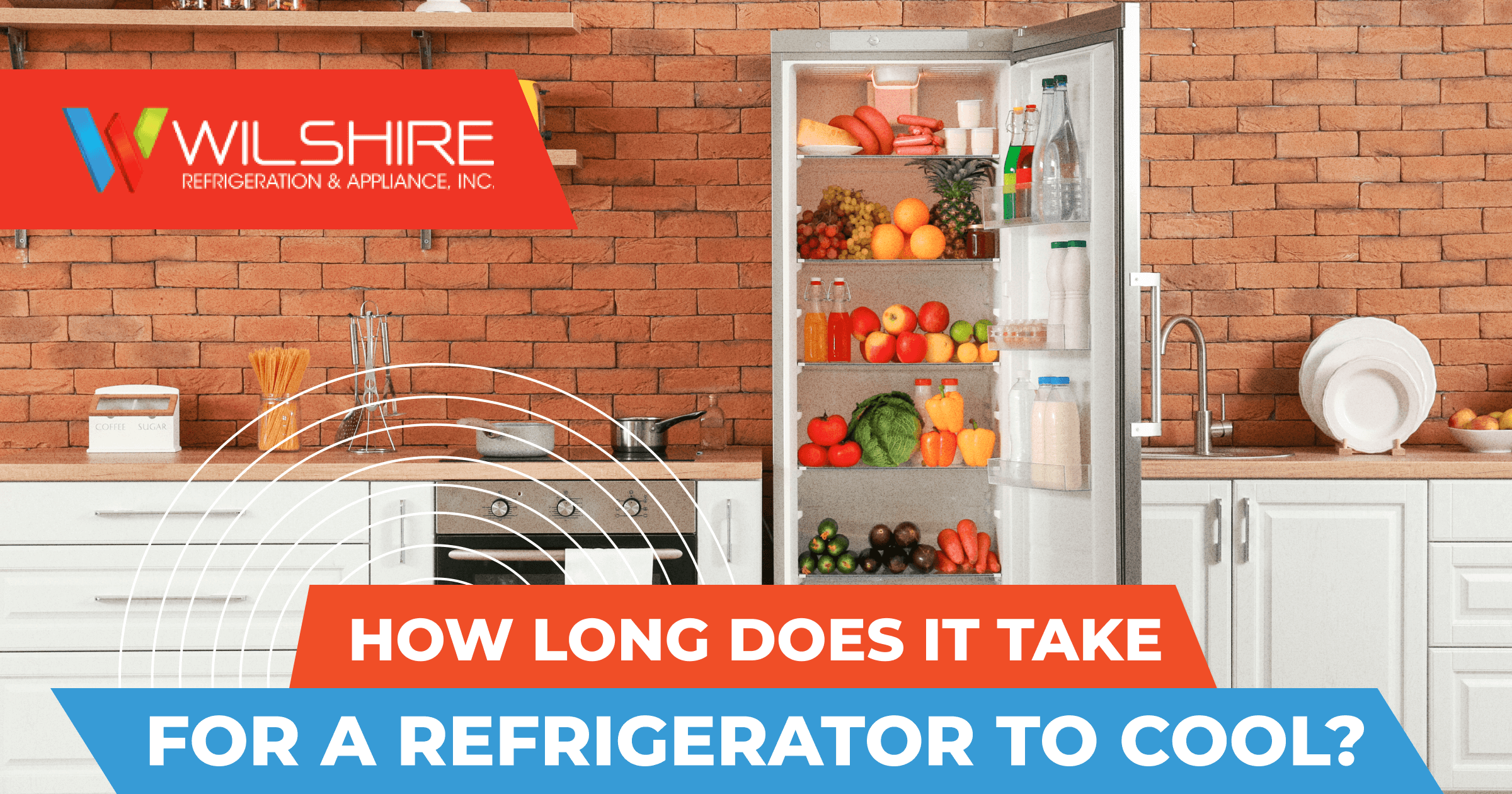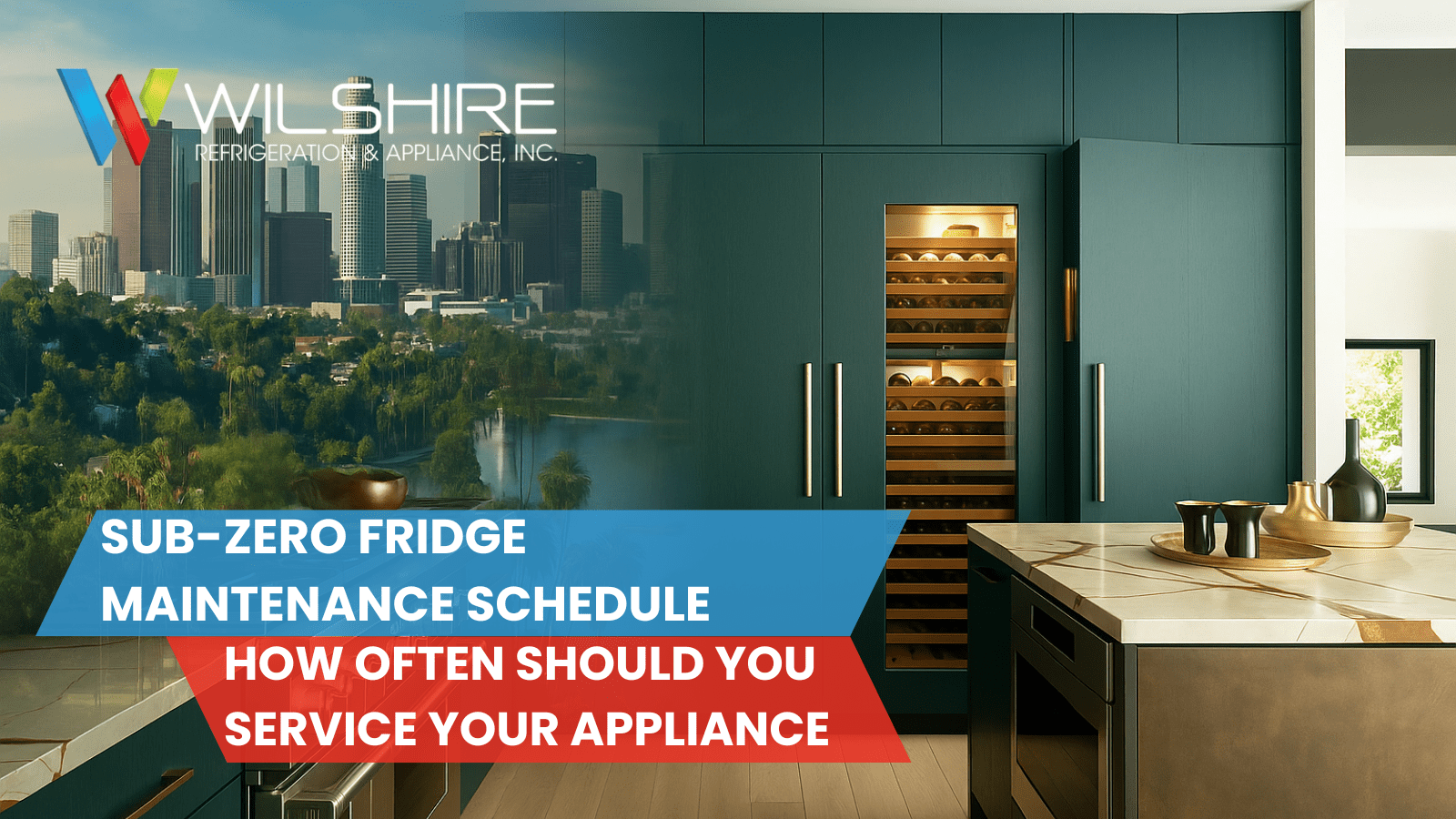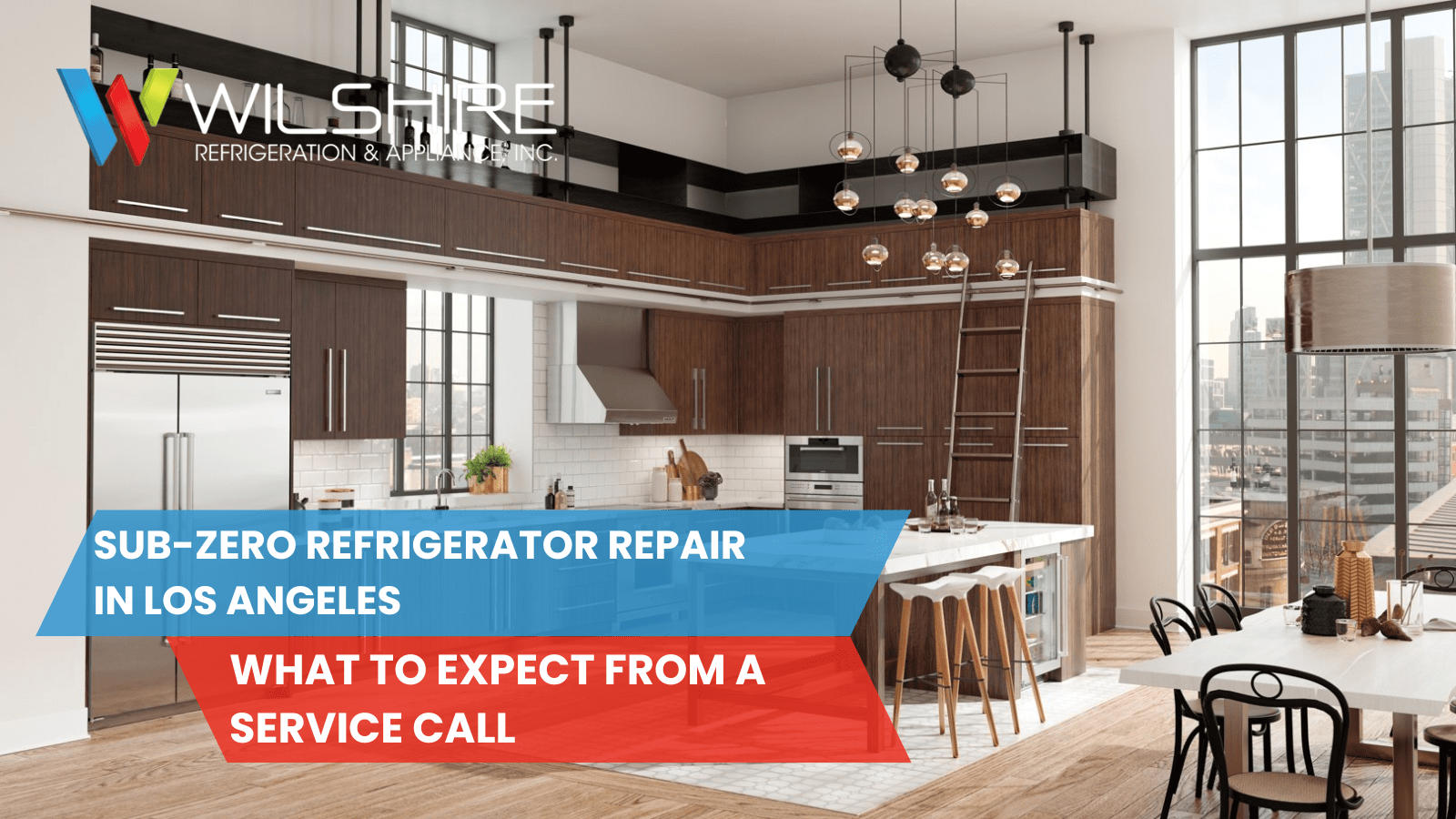Refrigerators are hard-working appliances, but they do take time to fully cool. This is an important consideration whether you’ve just installed a new fridge, are moving, or power has been restored after an outage. Here, we’ll answer the question, “How long does it take for a refrigerator to cool?” in more detail.
The cooling time for a full-size refrigerator varies. It can take about 12 hours to cool the interior down to 40℉ (the food safe recommended temperature as determined by the U.S. Food and Drug Administration (FDA). But cooling time can vary by brand and refrigerator type. With that in mind, cooling time can range from 2 to 24 hours. Generally, mini-fridges cool faster at about 4 hours on average.
Factors That Affect Cooling Time
The time it takes for your fridge to cool is impacted by many things. A few of the most important factors include:
- Size: Generally, the larger the unit, the longer it will take to cool.
- Storage Temperature: A unit stored in a warm location or delivered in a warm compartment will take longer to cool.
- Room Temperature: Fridges stored in warmer areas like an outdoor kitchen or garage don’t cool as fast. If the area is hot enough, the system can be overworked and burn out.
- Age: An older unit will take longer to cool. If there are faulty parts or dirty or clogged coils, damaged door seals, or blocked vents, the system won’t work as efficiently.
- Load: For its first use, the refrigerator shouldn’t be stocked. Otherwise, a well-stocked unit will run more reliably and maintain cool temperatures.
- Food Temperature: Putting warm food in the fridge can increase its temperature or slow down cooling time. It’s best to let food cool before storing it.
Also, cool air escapes when you open the door, which slows things down. You can therefore speed up the cooling process by keeping the door closed, making sure the coils are clean, and maintaining proper airflow. Placement matters, as the unit should be positioned a few inches from the wall to allow air movement. Plugging the fridge into the proper outlet maximizes cooling capacity and ensures safety.
Therefore, proper use speeds up the cooling process. You can also place a bag or block of ice inside while the unit is cooling. Keep the door closed and remove the ice before it melts.
How To Determine Your Fridge’s Cooling Time
To identify your system’s cooling time, check the installation guide, user manual, or manufacturer’s website. You can also search for the brand and model number on Google. A retail site that sells the specific model may list cooling time as well. If you download the installation guide, open a search screen or press Control + F on the keyboard. Searching the word “hours” should lead you to an explanation of the product’s cooling time.
How Do I Know My Refrigerator Is Cool Enough?
The FDA recommends that refrigerators be at or below 40℉ inside. For freezers, the recommended temperature is 0℉. It’s important to track the unit’s temperature because, if it fluctuates, there may be something wrong with the appliance. Food can spoil as well. You can measure interior temperature using a fridge thermometer or, if the unit has one, a digital temperature display on the control panel.
What If My Fridge Isn’t Cooling Properly?
If your refrigerator malfunctions or there’s an outage, you can keep it cool by packing cold food tightly together. The flow of warm air is reduced. Frozen vegetables, french fries, and fruit can be used to insulate meat, poultry, and fish. Bags of frozen peas wrapped around these will keep them cool too. Also, only open the door when you must and retrieve items as quickly as possible.
You can also store perishables in the freezer if your fridge isn’t working. Bags of ice in the refrigerator may help too. Also realize that items such as some fruits and vegetables (apples, avocados, potatoes, onions, etc.) can stay fresh even when not cold. Butter, hot sauces, bread, and pickles are in this category too.
Call Wilshire Refrigeration & Appliance for Factory-Certified Repairs
If you need a new appliance installed or one repaired, our trained technicians service Sub-Zero refrigerators and can get your fridge running again quickly. We are available throughout Los Angeles, Las Vegas, and Santa Barbara, San Bernardino, Orange, Ventura, and Riverside Counties. To get started, request service online or call 800-427-3653.





